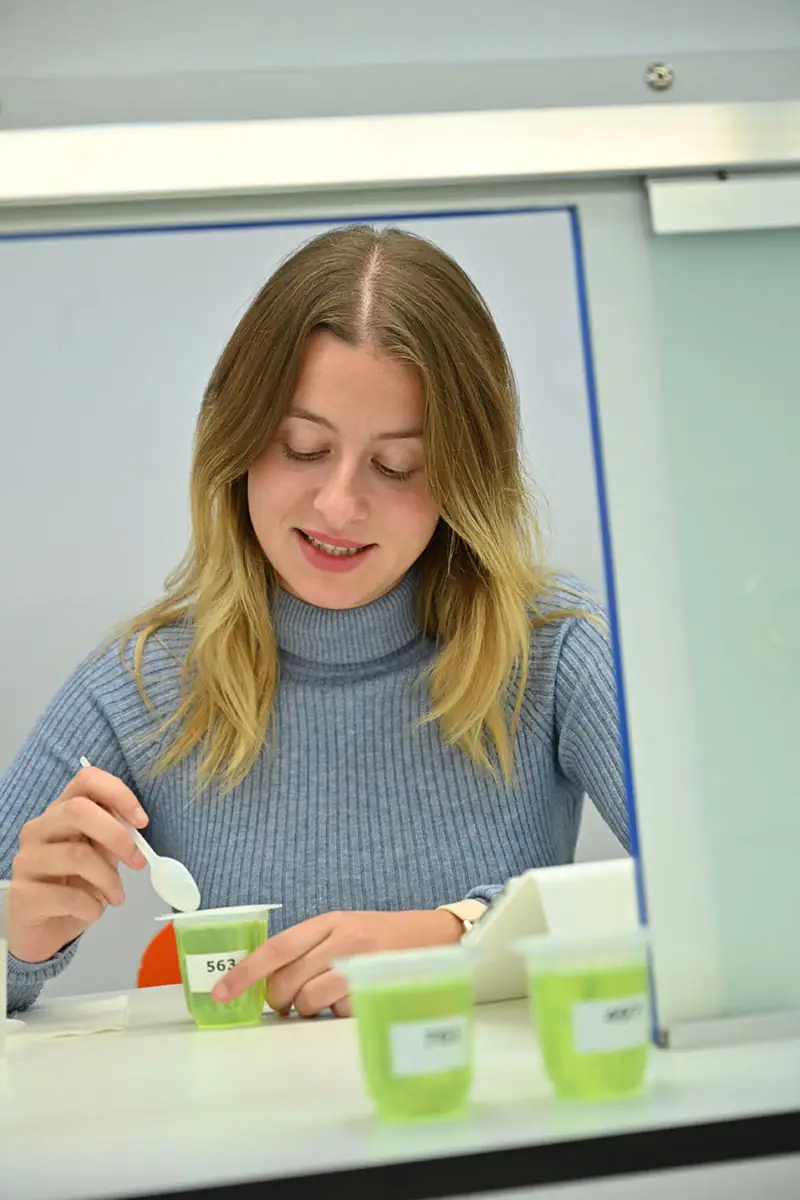Identification, description and quantification of the products’ sensory characteristics
It is necessary to establish the description and objective quantification of the product’s sensory characteristics, prototypes and of the competing products at different points in the product life cycle. This is especially important in the product development and optimisation phases, in order to identify similarities and differences at the sensory level and to implement the necessary actions. When reformulating, optimising the product or introducing a functional ingredient, we need to know the sensory impact on the product in order to validate the new formulations and processes.
Another area of application of this service line is establishing sensory shelf life to monitor the loss of quality based on the sensory evaluation of critical attributes in product deterioration. The sensory profiles and sensory maps obtained provide key information to understanding product changes, category and strategic positioning in the market.
